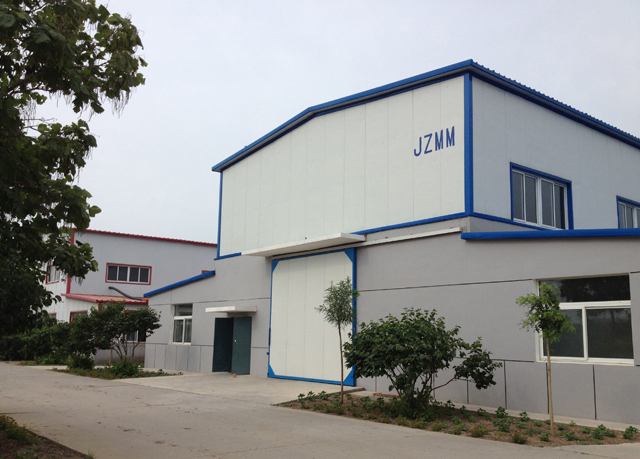
Domestic iron ore prices have fallen further amid slowing demand and rising inventories. Not only is the performance of the international iron ore market depressed, affected by a large number of imports and inventories, coupled with the poor performance of the downstream steel market, the domestic spot iron ore prices continue to fall, and the futures prices have repeatedly broken new lows.
Last week, the Platts 62 per cent iron ore index fell below $90 a tonne, down nearly $10 in a month and to its lowest level since the second half of 2009. Last Friday (August 29), the Dalian Commodity Exchange iron ore contract 1501 closed at 628 yuan/ton, contract 1409 even fell to less than 600 yuan. Spot iron ore prices have fallen more than 30 per cent this year.
Some analysts believe that the iron ore price index is heading for a sustained collapse. The fall in iron ore prices is closely related to high inventories and falling demand. In addition, it should not be ignored that the current mine expansion cycle, iron ore supply pressure is likely to depress prices for a long time. Since 2009, the market has gradually entered the period of supply-demand structure transformation. After 2013, the market mostly operated in the situation of supply exceeding demand.
High inventories depress prices
Australia's big miners, whose average costs are around $40 to $50 a tonne, are continuing to increase production despite iron ore prices near five-year lows, ANZ said in a recent report.
According to the China Iron and Steel Association, fixed asset investment completed by the domestic steel industry fell 7% in the first half from a year earlier, the steepest drop among 56 sub-sectors of 19 major industries.
Year-on-year growth in iron and steel production is slowing. China Iron and Steel Association statistics also showed that from January to July, the national pig iron output was 422 million tons, up 0.4% year on year; Crude steel output was 481 million tons, up 2.7% year on year.
Guosen futures analysis that with the expansion of BHP Billiton, Rio Tinto, FMG and other major global iron ore producers, the international iron ore production rapidly increased. Much of the new production is destined for China, which imports 70 million to 80 million tons of iron ore a month. Iron ore supply is growing faster than steel production, or demand for iron ore, and steel mills are unable to work through the huge stockpiles at ports, which have remained at about 110 million tons.
According to the customs data, China imported 82.52 million tons of iron ore and its concentrate in July 2014, up 12.82% year-on-year and up 10.67% month-on-month. The average unit price of imports was USD92.28 / ton, down 22.10% year-on-year and 9.96% month-on-month.
In fact, from the perspective of iron ore imports in the previous 7 months, China's iron ore imports increased significantly. From January to July 2014, the average monthly import volume was 78.4 million tons, an increase of 10 million tons compared with the average 68.4 million tons in the same period of 2013, an increase of 15.4%.
Traders told reporters that in the face of high inventories, in order to increase sales and return to cash, traders have been selling iron ore, leading to the spot price of iron ore has been falling.
Late stage or rebound
Shenyin wanguo futures analysis, compared with the mining of high profits, domestic steel enterprises thin margins nearly two years, or even losses, while maintaining high yields, but because of funding problems, raw material inventory is reduced, which makes the price of steel is conduction to the upstream quickly and makes the iron ore prices to rise difficulty falling situation change. Steel mills adopt a low inventory strategy, which inhibits the range of price changes, and the overall inventory of steel mills has decreased compared with the earlier period.
China is the world's largest consumer and importer of iron ore. Global iron ore supplies are plentiful as port stocks build up. Rising supply leads to relatively inadequate demand and falling prices. Some international sellers are also taking a wait-and-see approach, waiting for prices to recover.
The Shenyin-Wanguo Futures analysis also pointed out that in the first half of 2014, Rio Tinto, BHP Billiton, Vale and FormG combined to produce 469 million tons of iron ore, up 12.9% year on year, which in turn contributed to the surge in global iron ore supply. In the same period, China imported 457 million tons of iron ore, up 19.1% year on year. Even if domestic mines increase production reduction efforts, it is difficult to ease the contradiction between iron ore supply and demand.
As for current iron ore prices, Morgan Stanley says the weakness is due to increased Chinese steel productivity amid seasonally low consumption, while steelmakers typically take a wait-and-see approach in a weak price environment. Iron ore prices are likely to rebound as stocks of iron ore at Chinese steel mills are near bottom and domestic production in China has fallen.
Morgan Stanley also expects iron ore prices to rebound to $97 a tonne in the fourth quarter of this year and $92 a tonne in the first quarter of next year.
